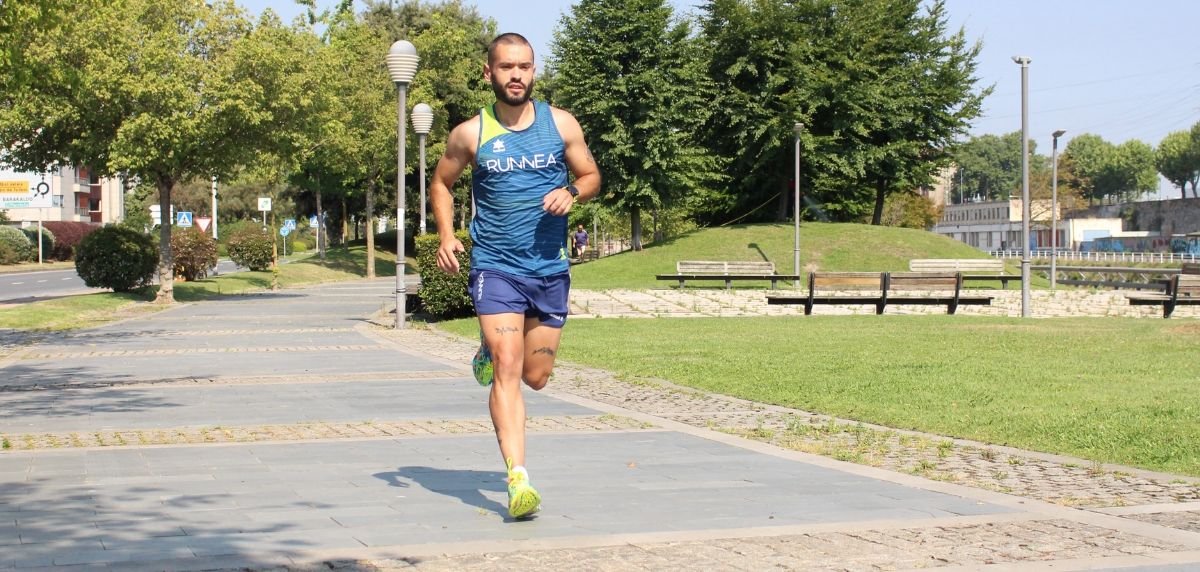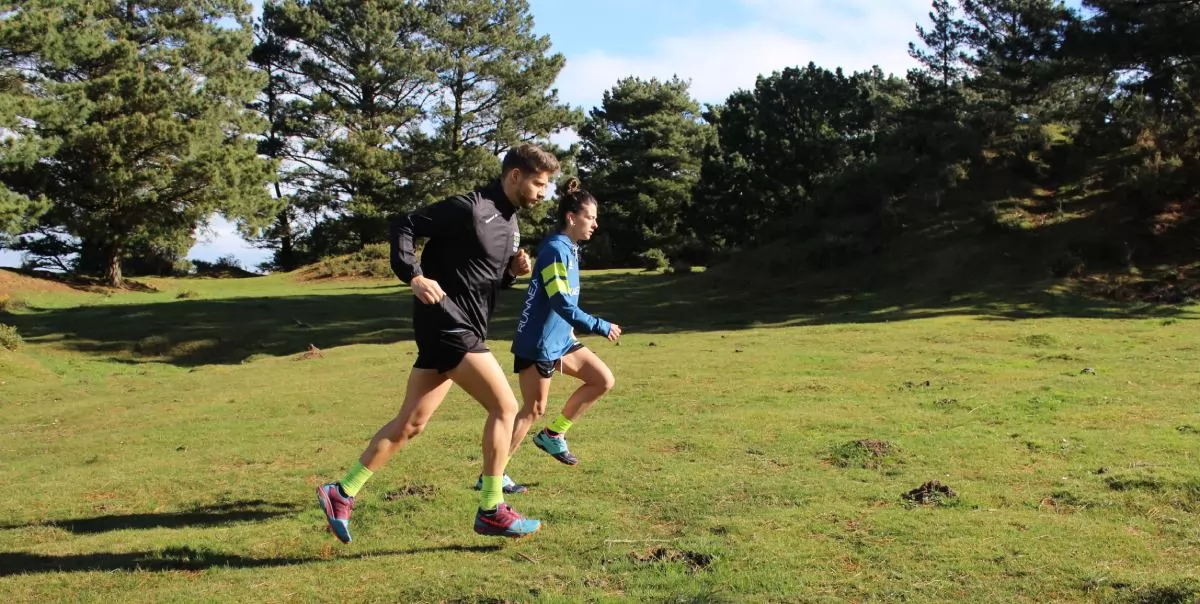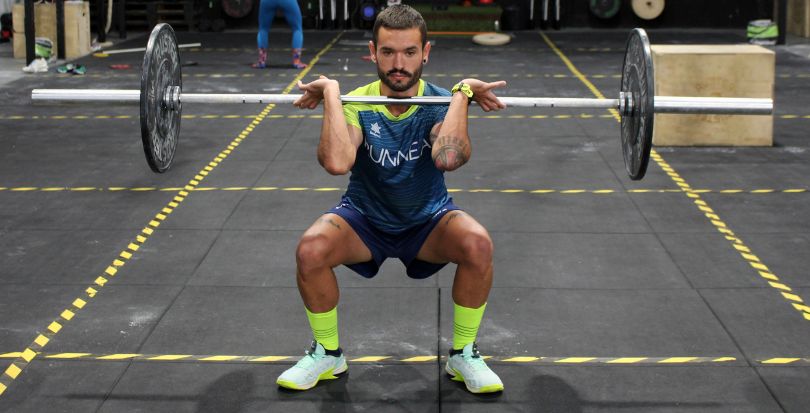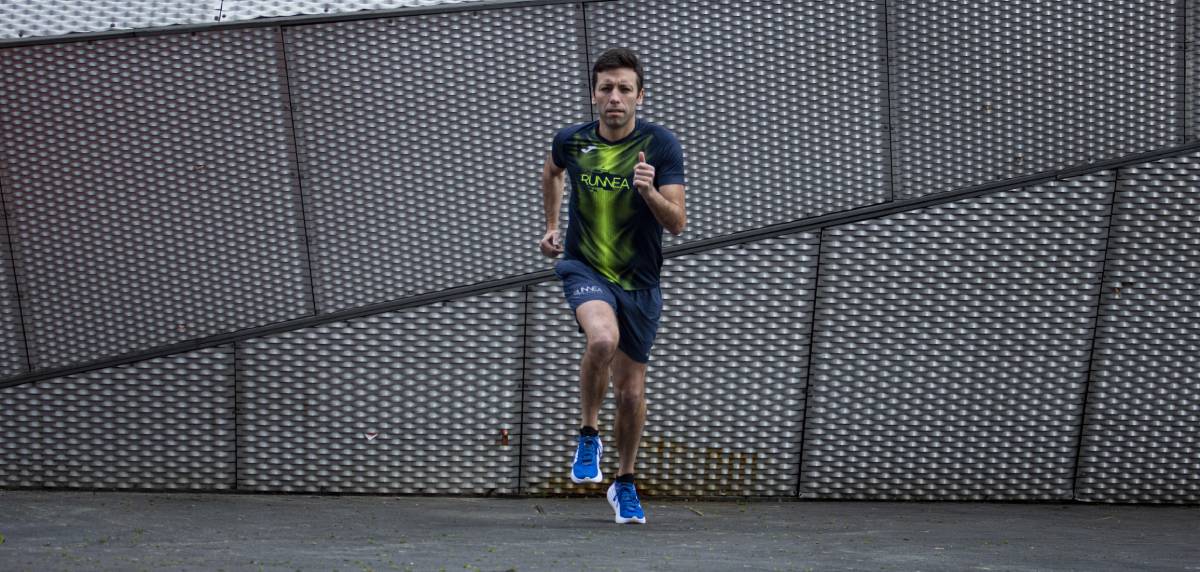One of the frequent questions we receive from popular runners through our RUNNEA training app queries is: should I strength train before or after running? Keep reading and don't lose details because we give you the answers you're looking for!
Knowing that to strengthen your running you need to be clear about the answers to the following questions: when and how to integrate strength training into your running training sessions. In this RUNNEA Magazine article we provide you with what science and experts say about it, but we also give you the keys to know how to properly integrate these workouts into your individualized running training plan, and thus avoid injuries.
Should you strength train before or after running?
As is often the case, the quickest answer is to tell you that it depends on your goals. Although it should also be noted that this integration of strength training into the routine of a popular runner raises debate among professionals and scientific studies, but the evidence suggests that the decision should be focused on those specific goals that you have as a runner.
Strength training after running
For those athletes whose primary focus is to improve their running, strength training after running appears to be the most favorable option.
A study published in the Journal of Applied Physiology indicates that performing resistance training after aerobic exercise can increase the body's ability to improve endurance. The reason is that running first not only prepares the body through an effective warm-up but also ensures that the peak of your energy and concentration is devoted to your priority: running.
According to Dr. Jonathan Esteve-Lanao, PhD in Physical Activity and Sport Sciences, "prioritizing running ensures optimal performance in what matters most to runners, allowing strength training to act as a valuable complement, even if we are slightly fatigued."

Strength training before running
For runners interested in maximizing strength and power gains, performing strength training first may be more beneficial. Energy and muscle activation levels will be at their highest, allowing for better performance in high-intensity lifting and exercise.
An article in the Journal of Strength and Conditioning Research suggests that strength training performed before aerobic exercise can increase both strength and muscle mass more efficiently than when performed in reverse order. However, Esteve-Lanao, also a personal trainer, cautions that "runners should be wary of choosing this option, as it could compromise the quality and safety of the subsequent running session due to muscle fatigue."
Not sure which running shoe to choose?
In a few simple steps we help you to choose the ideal running shoe for you
Go to the Shoe FinderSo, according to the evidence and expert opinion; the choice of when to incorporate strength training depends on your personal goals.
- If you're looking to improve your running performance, doing it after your run may be the best option.
- If your goal is to increase strength and muscle mass, consider starting with strength training.
In both cases - whether you run before or after - the key is to listen to your body, while being able to adjust the intensity of your strength training to avoid overtraining and dreaded injuries.

Which to do first: running or strength, if the training is on the same day?
Ideally, and following the logic above, if your session includes both running and strength training and your focus is on improving as a runner, you should run first. This allows your muscles to be less fatigued and more efficient during the run.
However, research published in theJournal of Strength and Conditioning Research examined the effects of the order of strength and aerobic training sessions on the same day on overall performance. The findings suggest that the sequence of training may influence the effectiveness of training, depending on the goals we have set as athletes.
Some of the key findings of the study are summarized as:
Strength performance.
Participants who performed strength training before aerobic exercise showed a slight improvement in strength compared to those who ran first. The reason appears to be that starting with strength exercises allows the muscles to work at their maximum capacity, tapping into energy levels that have not yet been weakened by cardiovascular exercise.
Running economy
On the other hand, runners who started with aerobic exercise did not experience a significant decrease in their subsequent strength performance, but better running economy was observed. This implies that running with fresh muscles allows for a better focus on technique and efficiency.

Recovery and fatigue
The study also highlighted that starting with strength exercises may increase the level of fatigue during the running session that follows, potentially affecting the quality and safety of the workout.
For runners looking to optimize their training without compromising performance in any discipline, this same study suggests that we plan strength and running sessions on separate days when possible. However, if they are to be done on the same day, the choice should be based on the priority training goal: to improve strength, start with strength training; to focus on running improvement, start with a run.
This study underscores the importance of personalizing training based on our own individual goals and highlights that there is no single right answer. Rather than strictly adhering to a formula, as runners we must keep in mind training planning as a flexible component. That is, we must always be aware of how our body responds to different training sequences.

Is it better to leave sessions spaced out or can they be done back-to-back?
There is no doubt that spacing out training sessions can be beneficial for muscle recovery, especially if you are doing high intensity strength training.
Giving yourself at least 6 hours between sessions allows for partial recovery and can help maintain training quality. However, for many of us, finding the time we need for separate workouts can be a real handicap. In such cases, combining both sessions back-to-back, prioritizing the type of training according to your specific goals, remains an effective strategy.
How often should runners do strength training?
As regular runners accustomed to clocking up the miles with running shoes on, we should aim to include strength training sessions3 per week. This is enough to see significant improvements in strength without interfering with running training.
In this regard, the reference by Jordan Metzl, a sports physician at the Hospital for Special Surgery in New York and author of the book "Running Strong", comes in handy, because it emphasizes the importance of selecting exercises that not only increase overall strength but also focus on specific areas that runners often neglect.
Runners should concentrate on strengthening their running, legs and especially areas that balance the impact of running, such as the stabilizing muscles of the hips and glutes," according to Dr. Metzl.
Some of those exercises recommended by Dr. Metzl include:
- Planks: to strengthen the core, including obliques, which play a crucial role in stability while running.
- Squats and Lunges: essential for working the quads, hamstrings and glutes, improving power in each stride.
- Hip stability exercises: such as the so-called 'clamshells' and 'side steps' with resistance bands, to prevent injuries by strengthening the muscles around the pelvis.
- Dead weight: ideal for strengthening the posterior chain, especially the hamstrings, which are essential for an efficient gait cycle.
Dr. Metzl suggests that by integrating these exercises into our training routine, not only will we see improvements in areas such as strength and stability, but we will also be able to maintain a steadier and more confident stride during your runs.
He also stresses the importance of adapting the intensity and volume of strength training to our running training cycle, prioritizing recovery and avoiding overtraining.

Integrating it all: balanced planning is key
The real challenge lies in finding theright balance in our training as runners. One strategy could be to dedicate specific days to strength training, separating them from our more intense or longer running sessions. Alternatively, on combined training days, we adjust the intensity of each session to properly manage fatigue and optimize recovery.
Listen to our body and adjust as needed, remembering that recovery is as important as the training itself.
So there are no magic formulas and the key is to tailor training to our specific goals and needs, ensuring that each session makes a positive contribution to our development as runners.
It is important to remember that consistency and patience are our best allies in this journey towards becoming stronger and more resilient runners.
Read more news about: Running Training




































